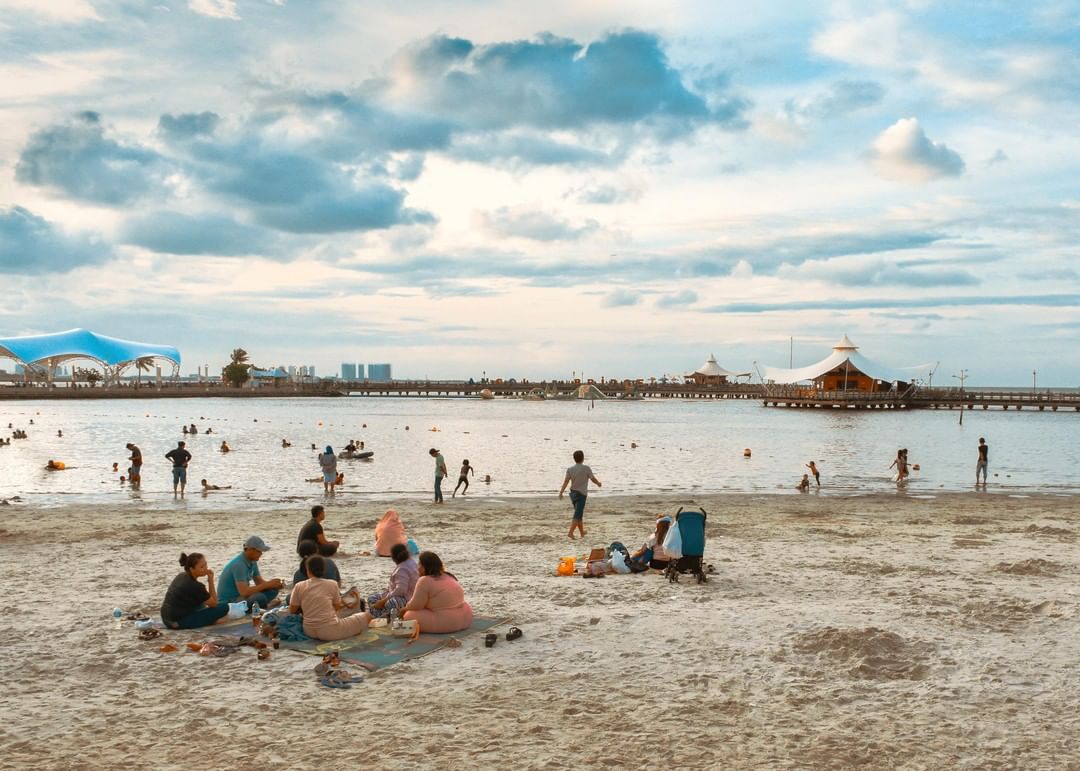Scientists are scratching their heads having to explain how Jakarta’s coastal waters became contaminated with paracetamol, as has been discovered in a recent environmental study.
The study, published in August, has been making the rounds in Indonesia over the past few days, detailing trace amounts of paracetamol in seawater samples collected from effluent-dominated sites in Indonesia: four sites in Jakarta Bay and one on the north coast of Central Java.
“Interestingly, high concentrations of paracetamol were detected at Angke (610 ng/L) and Ancol (420 ng/L), both in Jakarta Bay,” the study said, adding that this was the first study to report the discovery of paracetamol in Indonesian waters.
The study did not seek to investigate the source of the contaminant, suggesting that further investigation is required.
Separately, the National Research and Innovation Agency (BRIN) said no one has been able to determine where exactly in land the paracetamol waste came from.
“Us researchers are almost in unanimous agreement that 60 to 80 percent of the contaminant came from land, but the source could go all the way upstream to Bogor [and all of Jakarta’s satellite cities],” BRIN researcher Zainal Arifin said today.
Yet BRIN is certain that there could only be three possible sources of the paracetamol contaminant: human urine or feces containing the drug trickling their way down the sewage and into the bay; waste from pharmaceutical factories and hospitals; or expired drugs being tossed into the sea.
While the amount of paracetamol is too small to have any direct effects on humans, BRIN said more studies are required to determine its impact on marine life in the bay — and whether or not fish caught from the bay are safe for human consumption.
“It’s likely that fish would swim away from areas with low oxygen content, but shellfish are more likely to stay put whatever the condition and they can die from contamination,” Zainal said.





Reader Interactions